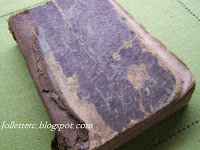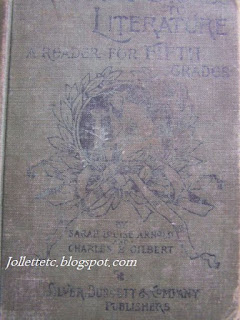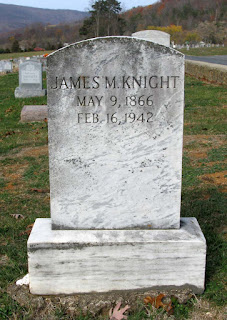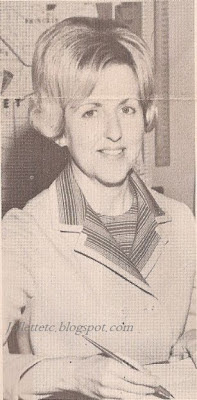Sepia Saturday challenges
bloggers to share family history through old photographs.
This week’s Sepia Saturday prompt featuring a portrait of
two little girls reminds me of the unmistakable sister bond that has revealed itself
in so many generations and in so many lines in my family. The close connection my great-grandmother Mary
Frances Jollett Davis shared with her five sisters spilled over into the
life-long friendship between her daughters Violetta Lorane Davis Ryan and Velma Hilda Davis Woodring.
“Violetta and Velma” – that’s how we always said it, never “Velma and Violetta,” and rarely just one name at a time. That’s how close they were.
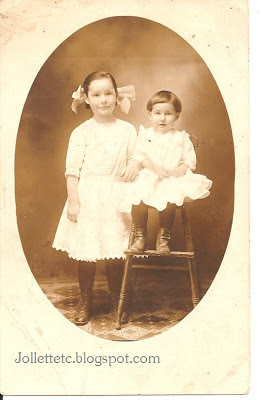 |
Violetta and Velma Davis
About 1910 |
 |
Violetta and Velma Davis
About 1914 |
 |
| I love how Velma captioned the picture: Sis - September 1928 |
When Violetta went to college, she and Velma no doubt
wrote many letters to one another, most of which went into the “round file.” However, for some strange reason this little
gem was spared. It shows a sweet
relationship in which 14-year old Velma asks a favor and spreads a little
gossip.
November 14, 1922
Dearest Violetta,
I guess you will be surprised when you read this to see
who it is from. Don’t look at the
mistakes as I am writing this in a hurry.
Whew, we have no exemptions from exams this year. I think it is terrible don’t you. I think they are going to be uniform. The teachers are not sure. I hope our own teachers make them out tho’.
Mother said to tell you to get you a dress and hat. She said to get something that would wear
good.
There is not much news around this joint now. Everything is dead. Mama let me play basketball. I play on the 2nd team as this is
my first year.
Violetta would you mind getting me something. I need a pair shoes real bad. I want grey oxfords with black trimmings if
you can get them, size 5 ½ kindly wide.
Or get something pretty I can wear some grey stockings with. Getting something you think is pretty. And send them to me if you aren’t coming home
soon.
And can you get me a Matthews music book Grade 2 and send
it at the same time.
I started taking music from Mrs. Olliver last week. I like her real well for a teacher. She sure did give me a hard lesson. I take it this eve.
I don’t know how you would get the things we send you if
it wasn’t for Mr. Foltz do you. He
certainly is nice.
I think the scabs over at Hockman’s come down and talk to
Thelma and Mrs. Hockman right often. I
saw one down there last night talking to them.
I know Claude S was embarrassed yesterday. He was talking and said, “There are going to
fire Paul [Thelma’s brother] and Edward and some others just as soon as they
can and put some of the other men
back to work.”
Then someone pointed Thelma out to him and he looked real funny.
As I don’t know anything else I won’t tell you anymore.
Lovingly,
Velma
Hmm, I imagine Violetta winced at some of those grammar
errors. And at the "scabs" visiting their good neighbors.
As much friends as sisters, Violetta and Velma just had
fun together.
 |
Dick and Violetta Ryan, Velma Woodring
Mary Frances Jollett Davis on a picnic
I guess Woody took the picture. |
 |
Velma and Violetta about 1947 or 1948
I don’t know why they are dressed alike here.
Such was not their habit, as far as I know. |
It is generally believed that Velma took a job teaching
in Korea because she did not approve of one particular fellow and his low-class
wife that Violetta not only befriended but also defended and supported. (Scabs!) The truth is, nobody in the family approved,
but we couldn’t all go to Korea!
Even then, their love and friendship remained strong. When Velma became ill with cancer, she returned from Korea, sold
her home in Martinsburg, West Virginia, and moved into one of Violetta’s apartments
so that Violetta could help take care of her.
That’s what sisters do.
EDITORIAL NOTE: Because of the many comments regarding the "scabs" mentioned in Velma's letter, I did the due diligence and looked into the possibility of a labor strike. You can read the follow-up HERE.

©
2014, Wendy Mathias. All rights reserved.





















